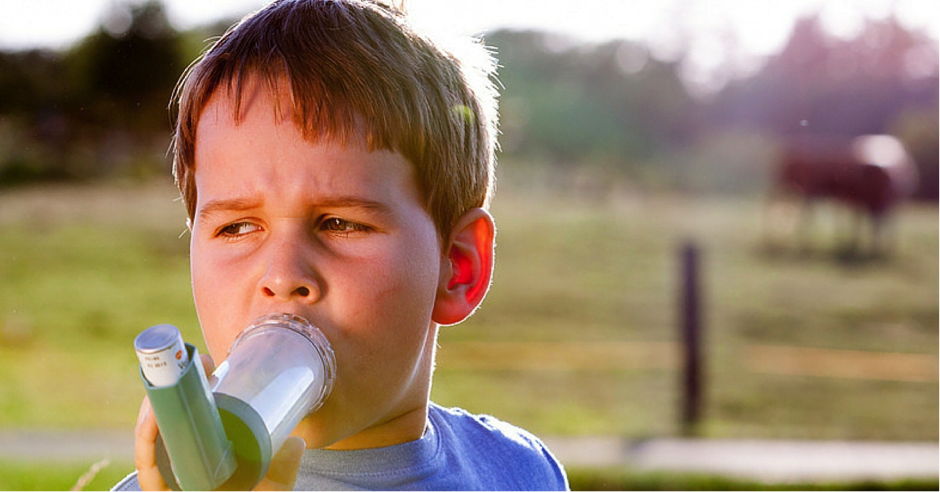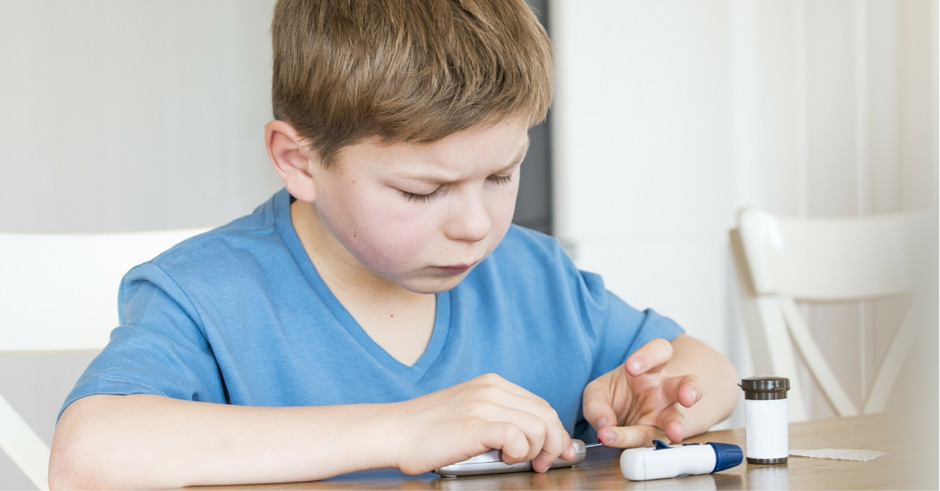Across the year, if there is one reason for a large number of doctor visits, it is a fall. Of all the injuries that were reported in 2013, 40% were due to falls, according to the Australian Institute of Health and Welfare. And it is rising by 2% every year, with the older age group of 65+ accounting for half the number of cases.
“Falls” is a general term used to describe any case that has resulted in an injury from falling. The most common ones are:
- Injuries due to falls in senior citizens due to poor bone health and other conditions.
- Injuries due to work related accidental falls, a large portion of which are in construction and services industries.
- Injuries in children due to accidental falls, either in the home, school or outdoors.
They are all equally concerning and we should be actively looking for ways to reduce the incidence. Falls sound harmless, but the resulting injury is not always a minor one like a sprain, cuts and bruises. It is often a major one like broken bones, concussion or a permanent disability.
Injuries due to falls in the elderly
According to Osteoporosis Australia, bone health begins to deteriorate after the age of 30, and after 65 becomes a cause for injury. Because osteoporosis affects more women than men, the rate of injuries among women is higher. But bone health is just one of the reasons for falls. Other reasons include:
- Difficulties with walking and balance.
- Sudden fluctuation in blood pressure from standing up abruptly. It is called postural hypotension.
- Diabetes, neurological conditions such as Parkinson’s, arthritis, etc. may all result in an increase in the number of falls.
- Poor vision is another very common reason why elderly are more prone to tripping and getting injured.
- Poor reflexes. As people age, the combination of poor vision and deteriorating reflexes results in a larger number of injuries.
- Numbness in the extremities. This is another common geriatric condition. Older people cannot feel their limbs sometimes and therefore do not sense what they are stepping over.
- Confusion or mentally disorientation is a known cause of falls. It happens often in cases where a person is trying to step onto an escalator or moving stairs. The disorientation can also be caused by medication that a person may be taking for another condition.
What can be done to reduce falls among the elderly?
The key to reducing the number of falls in the elderly is really about creating a safe indoor environment:
- Keep the pathways, stairs, hallways, entrances to rooms all clear of furniture and if possible, rugs and other items such as shoes and toys should be removed.
- Put non-slip mats in the bathroom and other wet areas such as under the laundry and kitchen sink.
- Install handrails on stairways, along corridors, next to the toilet and even in the shower. The wet areas are especially precarious for older people.
- Use chairs with arm rests and also consider using a walker if you do not feel confident of walking.
- Make sure that the house is very well-lit. It is a good idea to leave a night lamp on or have floor lights in strategic places. Keep a flashlight near the bedside. Sensor lights for just outside the house and the deck can be useful.
- Wearing the right footwear is critical. Wear shoes with good anti-slip soles and do not walk in stockings or socks.
Preventing fall injuries with children
According to the Royal Children’s Hospital, Melbourne there are three factors that influence the seriousness of falls in children. One, the height they fall from, two, what they fall onto and three, what they hit as they fall. It is important to remember this when organising the home for child safety. They offer some tips:
- Take a good look at the furniture, particularly the cot. Decide whether the sides need to be down based on age and tendency. If the child is trying to climb over, leave it down.
- If your child rolls a lot in bed, it’s a good idea to have a mattress on the floor below the cot.
- Remove all sharp edged items like a coffee table if the child is likely to hit it during a fall.
- If the child is using a bunk, ensure there is a rail guard on the top bunk and that the child won’t fall on a hard surface.
- Have slip resistance flooring if possible, especially in the bath and shower area.
- Use night lights in hallways leading to the toilets.
- When bicycling, ensure that your child has a good quality helmet and it is secure. If your child is a learner it is a good idea to use knee and elbow guards.
- Make sure that they are always supervised when on a balcony.
Injuries due to work-related falls:
Health and safety regulations are very strong in Australia, but even then there are instances of work-related injuries from falls. Most of these (37% according to Work Safe Australia) are in the construction industry, but all employers can take some measures to ensure that their workplace is safe. For instance:
- Getting a workplace safety audit done.
- Identifying if there are any fall hazards in the workplace. For instance, you may be in an office block which has a steep staircase with no handrail. Or there may be a sloping, slippery floor in a part of the office, kitchen or bathroom.
- Taking measures to reduce these hazards, such as improving the lighting if it is insufficient.
- Regular inspections to make sure the fall protection is in working condition.
First aid for falls:
There are some situations where you must make an emergency call:
- If the person may have injured the head, neck, back, hip or spine.
- If the person is unconscious or has a seizure
- If the person has difficulty breathing
If the fall appears relatively minor and the person is in pain but responding well then:
- Do not rush to move the person. Try to ascertain the reason for the fall, intensity and location of the pain.
- Carefully and slowly lift the person into a sitting position, but watch for signs of dizziness or discomfort.
- Attend to any cuts, bruises or sprains.
- If the person was hit on the head, monitor for the next 24 hours for signs of a concussion.
Injuries due to falls come at a huge human and financial cost. Some simple steps to prevent them go a long way in reducing incidence. So as parents, carers of the elderly and employers we can all do our bit.





